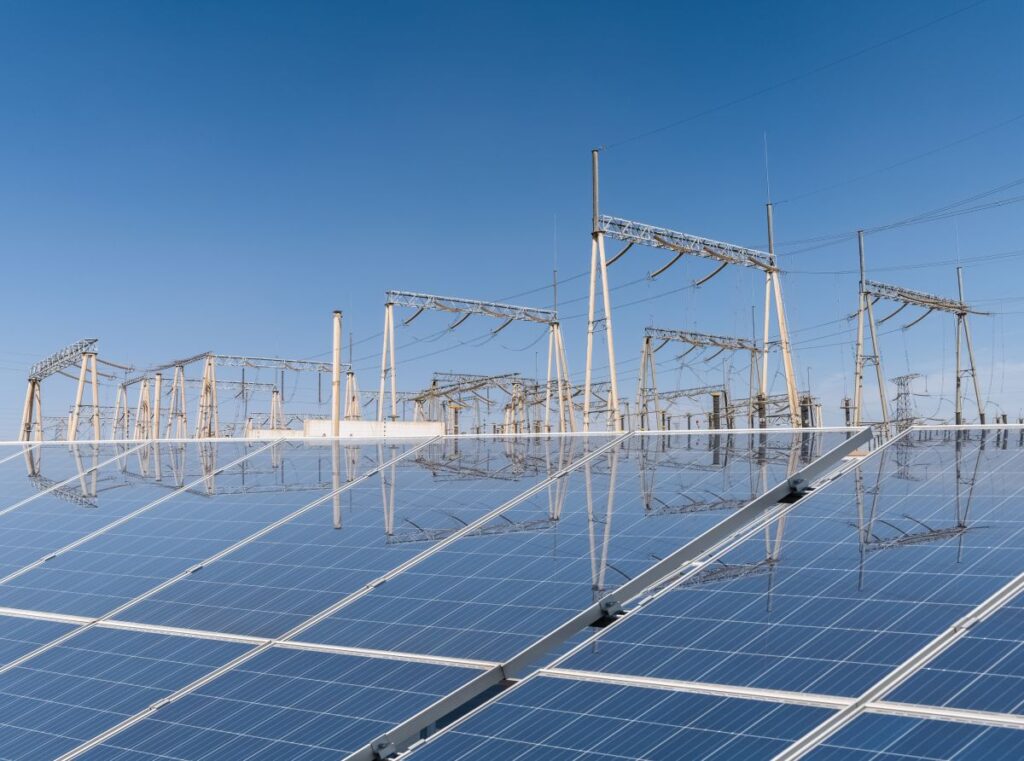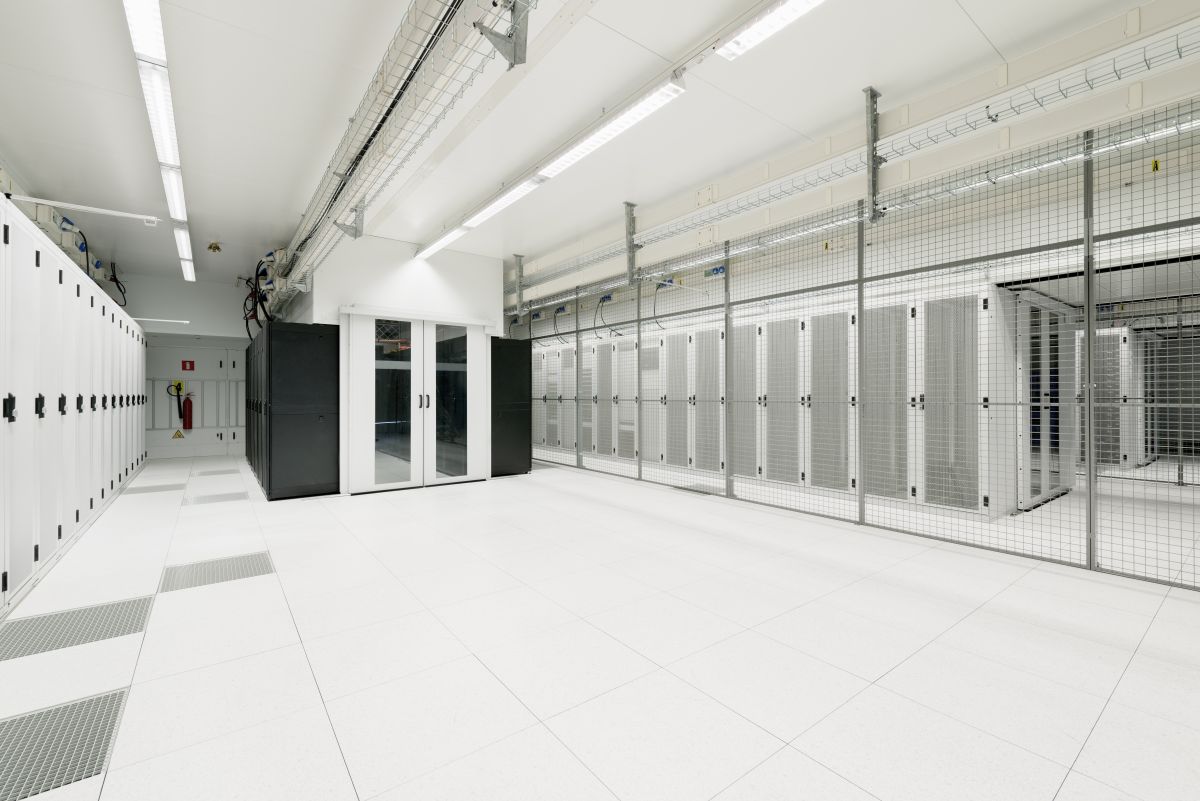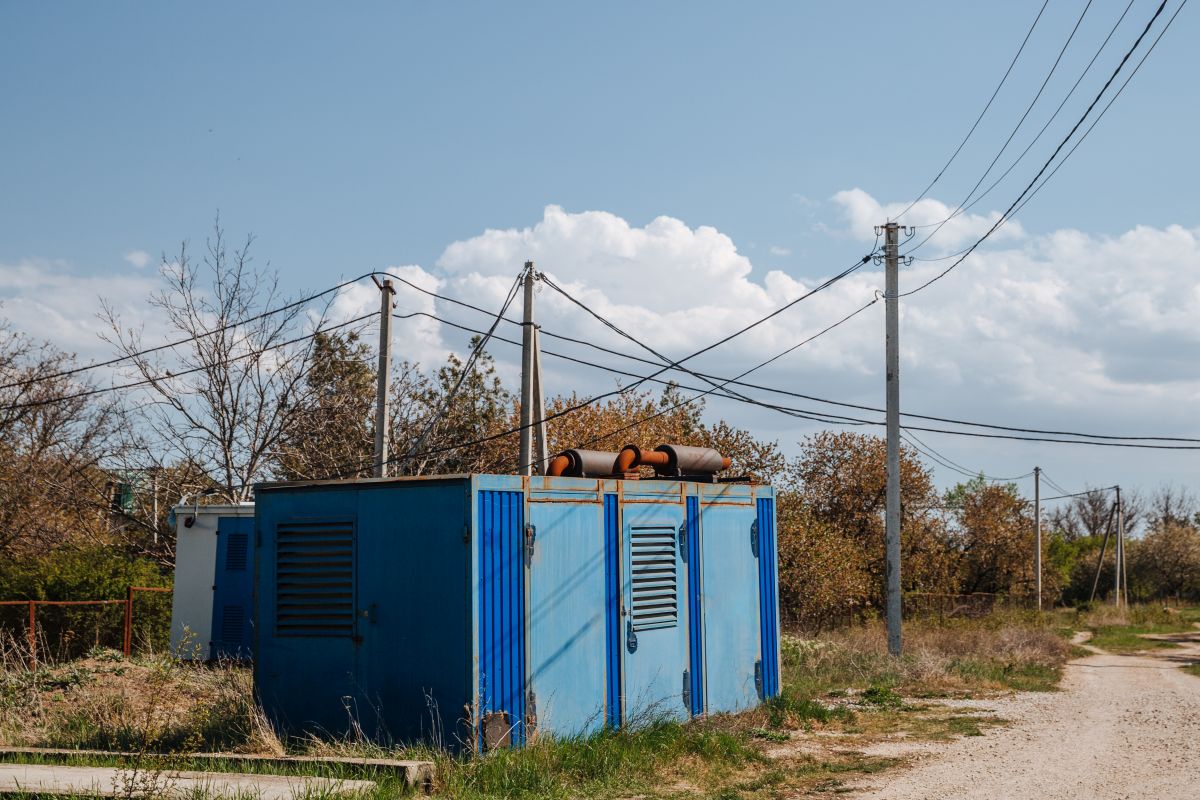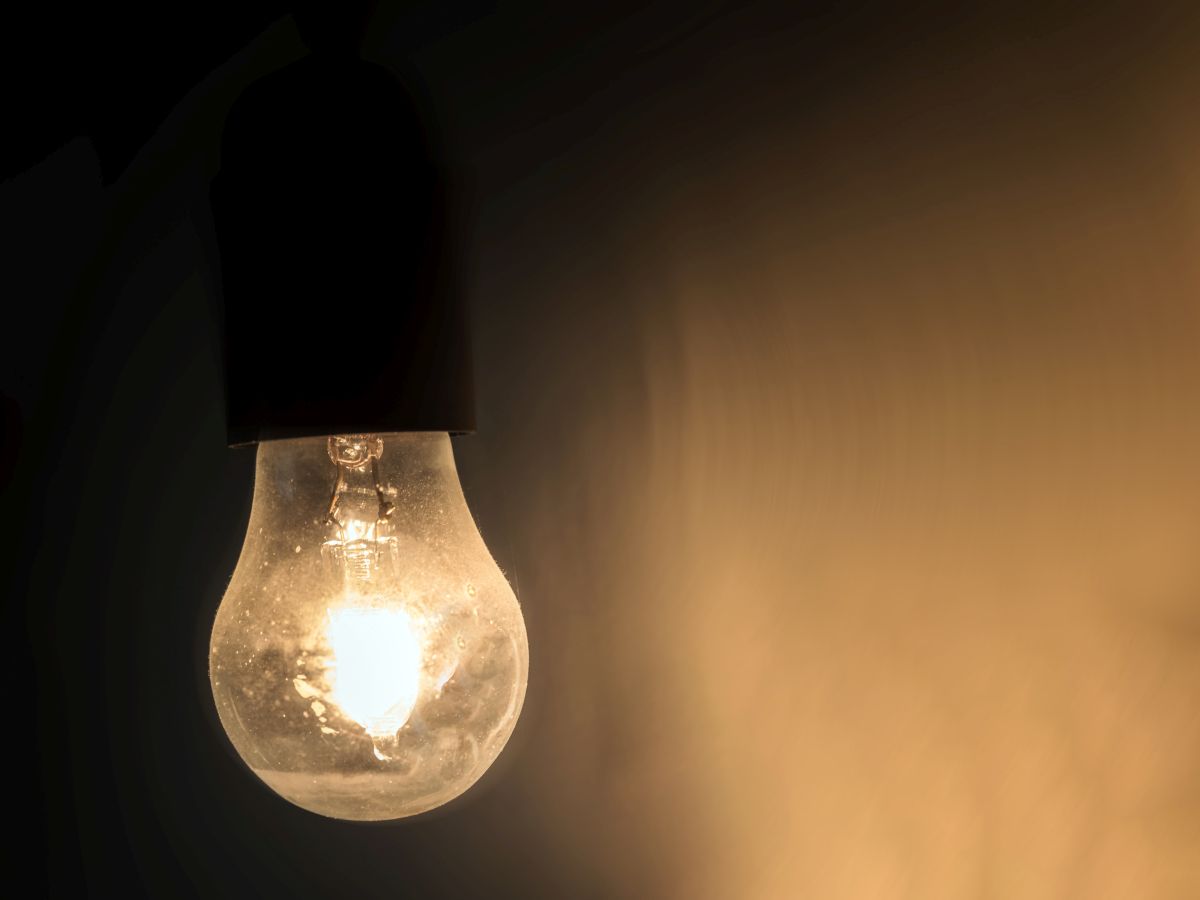WWW.CANARYMEDIA.COM
Utilities tend to treat solar and batteries as threats to their power grids. California’s policy will now tap their flexible power to benefit the grid instead.
For years, utilities have grappled with how to handle the ever-growing number of solar and battery systems trying to connect to the lower-voltage grids that deliver power to customers. That’s especially true for midsize projects like, say, a solar array that might adorn the roof of a multiunit apartment complex or a community-solar project that generates power shared by hundreds of dispersed customers.
On the one hand, utilities have eyed such projects warily, fearing that if the solar panels or batteries inject too much power onto local circuits at moments when electricity demand is low, it might cause grid instability or safety problems. As a result, utilities have thrown up barriers that have delayed or halted grid connections.
But as advocates have been pointing out for over a decade, these distributed solar and battery resources can also be enormous assets: By holding back power when the grid doesn’t need it, and then sharing their extra power during periods of high demand, they can help alleviate grid strains and lower the cost of keeping the grid running for everyone.
It’s taken California regulators, utilities and clean-energy advocates nearly four years to hash out these conflicting ideas. But in mid-March, the California Public Utilities Commission approved new interconnection rules that take into account how, with the right structures in place, solar and solar-plus-battery systems can be more help than hazard to California’s overworked grid.
“This will open up opportunities for distributed energy resources to be designed in a way that aligns with grid needs,” said Sky Stanfield, an attorney who works with the Interstate Renewable Energy Council, the nonprofit group that’s been the main proponent of the new rules. ?”It’s a long time coming to recognize that distributed energy resources are a whole lot more helpful than they’re allowed to be – and that we don’t have to spend as much to upgrade the grid as a result.”
The ?”Limited Generation Profile option” just approved by the CPUC is a complicated set of regulations that determine how solar and solar-battery systems interact with the lower-voltage grids operated by California’s CPUC-regulated utilities Pacific Gas & Electric, Southern California Edison and San Diego Gas & Electric.
Today, those utilities make a simplistic set of assumptions when they consider the potential impacts of a project on the lower-voltage grid systems that carry power from substations to homes and businesses, Stanfield said ‘ basically, that each project is producing its peak output at the time of least electricity demand from customers.
That’s pretty much how all U.S. utilities calculate the risks of new generation connecting to their grids, she noted. But this assumption is likely to yield findings that exaggerate how likely a project is to inject too much power onto local grid circuits.
To eliminate those perceived risks, utilities have demanded that project developers pay for grid upgrades themselves or have prevented the projects from connecting at all. Since those grid upgrades can cost hundreds of thousands to millions of dollars and take years to complete, the result either way tends to stop projects in their tracks.
Allowing new solar and battery projects to support the grid
The CPUC’s new policy takes a different tack, one well suited to larger-scale projects that are more likely to trigger grid upgrades. It will allow solar and battery projects to modulate how much power they send to the grid with the help of either solar inverters whose power-control systems can reduce power output from moment to moment or batteries that can soak up excess solar power and inject it back into the grid later.
Limited Generation Profile projects would be able to use these capabilities to alter their grid injections during different periods of the day, based on a set of schedules they can choose from. Those scheduling options are derived from the grid data available in the maps of hosting capacity from Pacific Gas & Electric, Southern California Edison and San Diego Gas & Electric. (Here’s a snapshot of PG&E’s hosting-capacity map for a downtown section of the central California city of Bakersfield, with circuit capacity represented in red, orange, yellow and green.)
Most utilities in the U.S. haven’t been ordered by regulators to collect the detailed and accurate local grid data needed to create these kinds of maps, Stanfield noted. In fact, the Interstate Renewable Energy Council has played a key watchdog role in alerting the CPUC to problems with these maps as they’ve been developed over the past decade, as well as in making them more useful for customers and project developers looking for good spots to connect to the grid.
Thanks to those improvements, California’s maps now contain accurate information on the hour-by-hour capacity of individual circuits.
With this data in hand, California’s three largest utilities and clean-energy project developers can finally agree on just how much power solar and battery projects can safely inject onto the grid during different periods of the day and night across each month of the year.
That amount may be close to zero during some stretches – say, on a circuit with many homes with rooftop solar systems during sunny and mild spring daylight hours, when self-generated solar power can exceed customer demand for electricity. Within those hours, Limited Generation Profile projects may export little or no energy at all.
But these ?”minimum-loading” conditions are relatively rare – and at other moments, that same grid circuit may be hungry for all the power it can get. That’s typically during hot summer and autumn evenings, when the state’s ample solar resources are fading away, yet electricity demand for air conditioning remains high – the same conditions that have caused statewide grid emergencies in recent years.
California’s power grid is struggling to deal with the wide swings between times when it has too much solar and times when all available resources still don’t provide enough electricity. In fact, the CPUC and state policymakers have made significant efforts to address this imbalance via state rooftop solar policy – which has reduced the value of solar delivered to the grid while promoting the value of batteries that can store power for when it’s needed – and with utility-scale power procurement policies, which have put gigawatts of batteries into operation over the past few years to store solar power for those evening hours when demand exceeds supply.
But until now, utility interconnection policy ?”has not taken into account, or enabled, distributed energy resources to differentiate when they produce power and when they don’t,” Stanfield said. That’s left interconnection policy misaligned with broader state policy imperatives for how best to use solar systems and batteries, she added.
It’s also put interconnection policy at odds with policy efforts to better manage growing distribution-grid costs, Stanfield noted. Pacific Gas & Electric, Southern California Edison and San Diego Gas & Electric are facing tens of billions of dollars of additional grid investment in the coming decades to supply the millions of electric vehicles, heat pumps and electric appliances that the state is asking consumers to adopt in order to reduce carbon emissions.
“Grid upgrades are expensive,” Stanfield said, ?”and we want to avoid them where we don’t need them” – particularly in cases where new solar and battery systems could actually help reduce grid strains.
Even more fundamentally, rules that bar more solar and battery power from reaching the grid based on outdated and inaccurate methods of determining their grid impacts will rob customers at large of the value those projects could provide.
That’s the conclusion reached by Amin Younes, an electric distribution planning and policy engineer with CPUC’s Public Advocates Office, which represents utility customers’ interests. Younes studied the potential for the Limited Generation Profile option to add more clean energy to California’s grids during hours when energy is in short supply.












